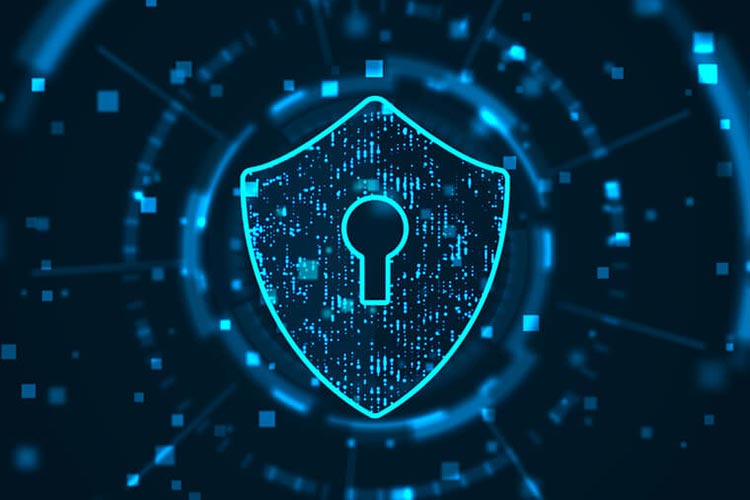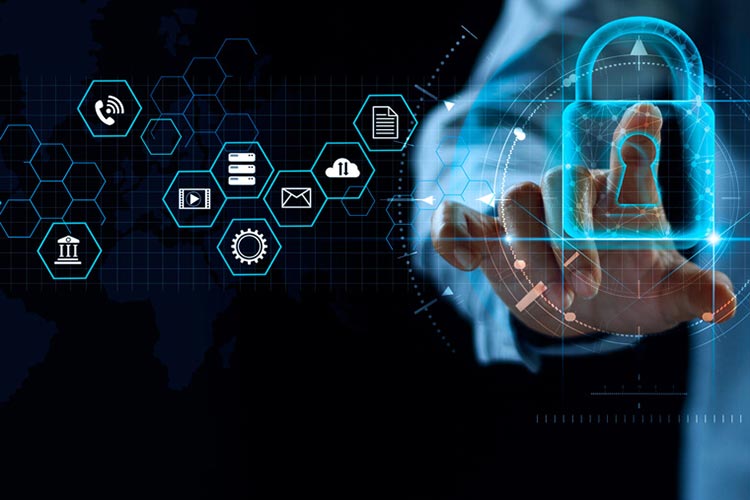
In today’s digital landscape, businesses heavily rely on technology to streamline operations, enhance productivity, and gain a competitive edge. With the increasing complexity and sophistication of cyber threats, it is essential for organizations to prioritize secure managed IT services. This paper explores the importance of secure managed IT and outlines key considerations for protecting business assets in the digital age.
I. Understanding Secure Managed IT: A. Definition: Secure managed IT refers to the proactive management and protection of a business’s IT infrastructure, systems, and data by a specialized service provider. B. Key Components:
- Infrastructure Management: Ensuring the security of networks, servers, and devices through regular monitoring, updates, and patching.
- Data Protection: Implementing robust backup and recovery solutions, encryption, and access controls to safeguard sensitive information.
- Endpoint Security: Deploying comprehensive security measures to protect endpoints such as laptops, desktops, and mobile devices from threats like malware and phishing attacks.
- Identity and Access Management: Enforcing strong authentication mechanisms, user access controls, and privileged account management to prevent unauthorized access.
- Proactive Threat Monitoring: Continuous monitoring and analysis of network traffic and system logs to detect and respond to security incidents promptly.
- Threat Intelligence: Leveraging up-to-date threat intelligence to stay ahead of emerging threats and vulnerabilities.
- Incident Response: Developing robust incident response plans and conducting regular drills to minimize the impact of security breaches.
B. Improved Reliability and Performance:
II. Benefits of Secure Managed IT: A. Enhanced Security:
- System Optimization: Regular maintenance and performance tuning to ensure optimal system performance and minimize downtime.
- Scalability: Scalable infrastructure and resources to accommodate business growth and changing needs.
- Disaster Recovery: Implementing comprehensive backup and recovery strategies to mitigate the impact of system failures or natural disasters.
C. Cost Efficiency:
- Reduced Infrastructure Costs: Outsourcing IT management eliminates the need for significant upfront investments in hardware, software, and skilled personnel.
- Predictable Budgeting: Managed IT services often follow a subscription-based model, allowing businesses to forecast and control IT costs effectively.
III. Key Considerations for Secure Managed IT: A. Vendor Selection:
- Reputation and Expertise: Choose a service provider with a proven track record in delivering secure managed IT services.
- Compliance and Certifications: Ensure the provider adheres to relevant industry standards and possesses necessary certifications (e.g., ISO 27001, SOC 2).
- Service Level Agreements (SLAs): Define clear expectations regarding performance, availability, response times, and incident resolution.
B. Robust Security Measures:
- Multi-Layered Defense: Implement a combination of firewalls, intrusion detection systems, antivirus software, and web filtering to defend against various threats.
- Encryption and Access Controls: Utilize encryption technologies and enforce strong access controls to protect sensitive data.
- Employee Awareness: Train employees on security best practices and establish policies for handling confidential information.
C. Regular Assessments and Audits:
- Vulnerability Assessments: Conduct regular assessments to identify and remediate potential security vulnerabilities.
- Penetration Testing: Simulate real-world attacks to identify weaknesses in systems and address them proactively.
- Compliance Audits: Ensure adherence to applicable regulatory requirements and industry standards.
Secure managed IT services play a vital role in protecting business assets in the digital age. By partnering with a trusted service provider and implementing robust security measures, organizations can enhance their security posture, improve operational efficiency, and effectively mitigate the risks associated with evolving cyber threats. As technology continues to advance, maintaining a proactive and adaptive approach to secure managed IT is imperative for sustained business success in today’s digital landscape.
DISCLOSURE: The following content was generated with the assistance of an AI language model. Although efforts have been made to ensure the accuracy and reliability of the information provided, please be aware that AI-generated content may not always reflect the nuanced perspectives or expertise of a human author. We encourage readers to critically evaluate the information presented and consider it in conjunction with other sources.


